Release date, specs, rumors, price, all we know so far
Much of the innovation in the smartphone arena over the last few years has come in the form of foldables. Samsung has led the way but the likes of Huawei, Oppo, Honor, and Motorola have all launched devices with folding screens (with varying degrees of success). Google is yet to show its hand, but we’re expecting it to launch a Pixel Fold smartphone in 2023.
With the introduction of Android 12L, Google aims to ensure its mobile OS is optimized for this new generation of devices with larger displays and more flexible layouts. It also paves the way for the company’s first foray into the foldable market. Let’s take a closer look at everything we know so far about the Google Pixel Fold.
Will there definitely be a Google Pixel Fold?
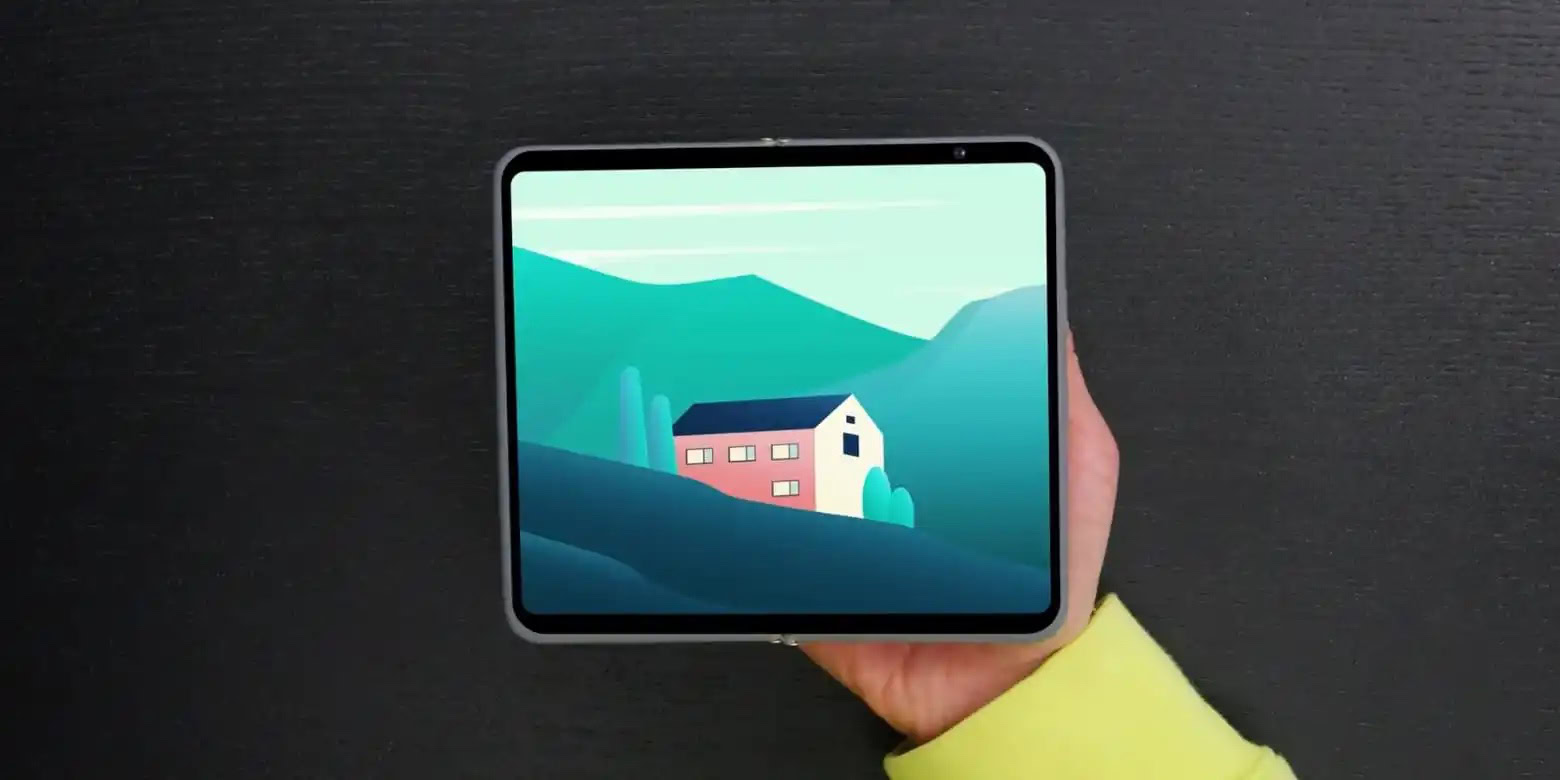
Google’s reputation for canceling software products is well known, but the same has also been true of hardware. A shelved PixelBook update serves as the most recent example of a planned device that will never see the light of day. That said, the development of its first foldable is seemingly much further forward so it would be very surprising to see it canceled at this stage. We’ve seen plenty of recent Pixel Fold leaks (which we’ll get into in more detail later), including specs, CAD renders, and even a full dummy unit with allegedly accurate dimensions. There have also been supply chain rumors about production plans, so we can be fairly certain at this point that a Pixel Fold is coming.
What we definitely don’t know for sure is the name. Internally, Google has used the codenames Passport (makes sense) and Pipit to refer to a foldable product of some kind. More recently, Felix has been more prominently mentioned. It’s not clear whether these are all the same device or slightly different variations that have been prototyped and tested. When the phone hits store shelves, Pixel Fold seems to be the most likely moniker right now, although Pixel Notepad was apparently a frontrunner at one time. We’ll have to wait and see what Google eventually goes with.
When is the Google Pixel Fold release date?
We’ve been hearing whispers about a Pixel Fold release date for several years now, pretty much since the launch of Samsung’s first-generation Galaxy Z Fold. We also know that it’s been delayed at least once before, with a 2022 release supposedly on the cards previously. More recently, reports have suggested a likely launch during Google I/O in May alongside the Pixel 7a. Conflicting information puts the release date into the fall, with mass production not beginning until Q3 at the earliest.
With all of this in mind, our best guess is that Google will show at least a sneak peak during its May developer conference, if not a full reveal. More details will likely follow in September/October at the company’s annual Made by Google hardware show and the Pixel Fold will hopefully go on sale around the same time or slightly afterward. Ask Santa for it this year and the timing might line up perfectly.
What features and specs will the Pixel Fold have?
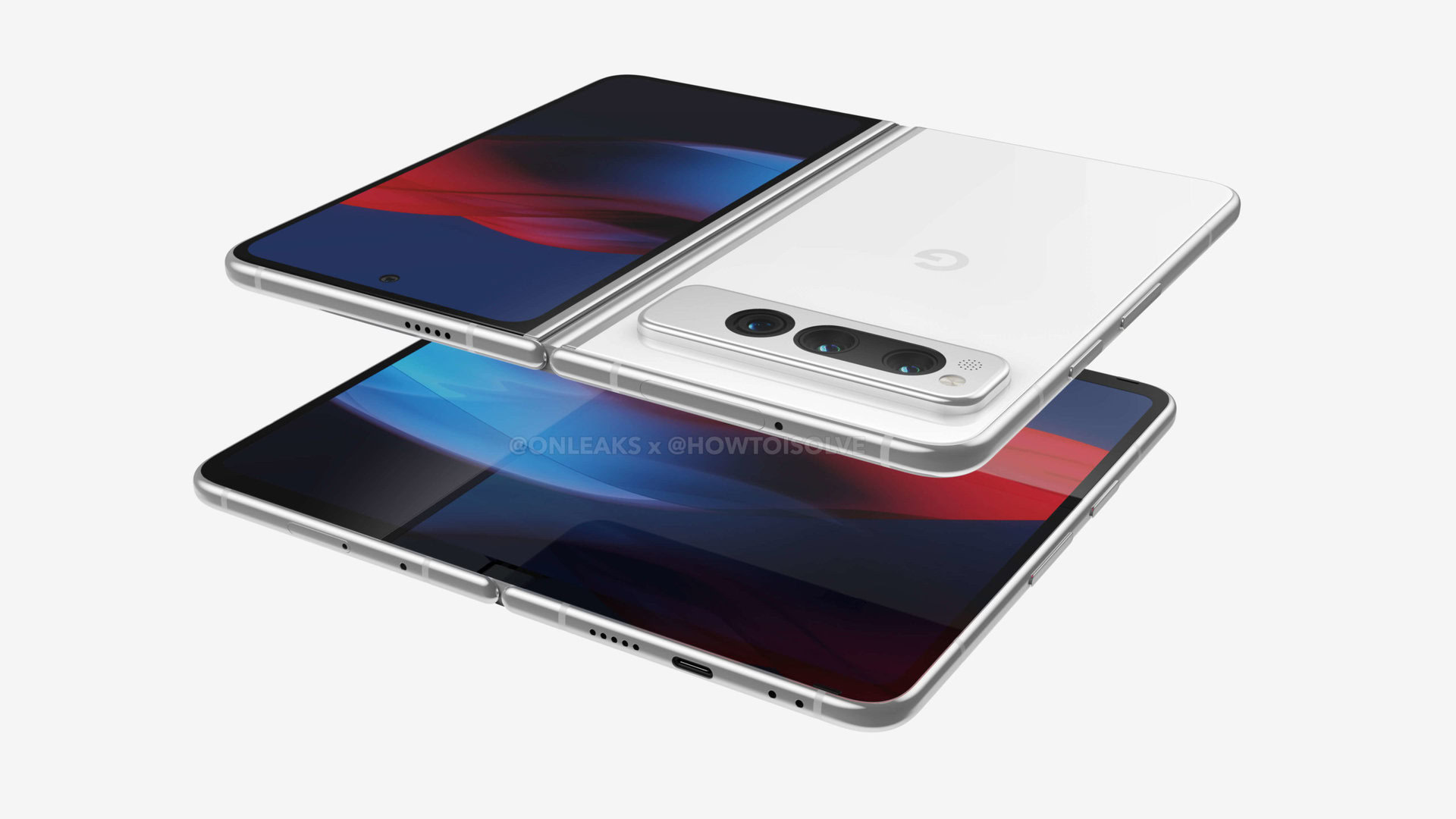
Pixel Fold leaks have been ramping up in recent months, so there’s a fair amount to discuss here. While these rumors all come from fairly trustworthy sources, that’s no guarantee there won’t be some differences when the product is finally revealed. Even so, we think we have a decent picture of what’s to come.
While no official images or hands-on videos have yet been leaked, we’ve been treated to CAD renders from the ever-reliable OnLeaks (via HowToiSolve). While the phone shares a few things in common with the Pixel 6 and Pixel 7, such as the centered G logo and horizontal camera bar, there are also some departures from Google’s most recent design language. The rounded rectangle shape of the camera module and larger bezels around the internal screen stand out as less modern-looking features (reminiscent of the Surface Duo 2, perhaps). That said, it’s still an attractive device, with a pleasing curve to the metal frame and an inconspicuous hinge. We can’t wait to see what the real thing looks like.
Modest display tech
The most up-to-date information suggests Google isn’t going all out when it comes to the Pixel Fold’s screens. We’re expecting a 7.57-inch (1,840 x 2,208) flexible panel on the inside made from ultra-thin glass. According to 91Mobiles, brightness will average at 800 nits, maxing out at 1,200 nits. It’s thought this display will support higher refresh rates, though it’s unclear if it’ll go as high as 120Hz. The top and bottom of this display will apparently feature fairly sizable bezels, with a selfie camera residing above the screen rather than under it or within a cutout. Google is reportedly not going to use the most advanced foldable screen tech, as seen on the Galaxy Z Fold 4, although both panels are said to be made by Samsung Displays. Cost-saving is the likely reason for holding back here, so we hope that’s reflected in the price.
Clever hinge design
There is some better news regarding the inner display. Dave 2D, who recently posted a video to YouTube showing off a Pixel Fold dummy model, thinks the crease is likely to be gentler than that of a Galaxy Fold. These noticeable wrinkles are often quite off-putting, so minimising this would be a popular move.
When closed, the Pixel Fold is said to sport a 5.79-inch (1,080×1,900) front display that’s notably shorter and fatter than that of a Galaxy Fold. A punch hole selfie camera is also expected. Everything we’ve heard up to this point would lead us to believe the Pixel Fold will be closer in form to Oppo’s Find N than Samsung’s long, narrow offering.
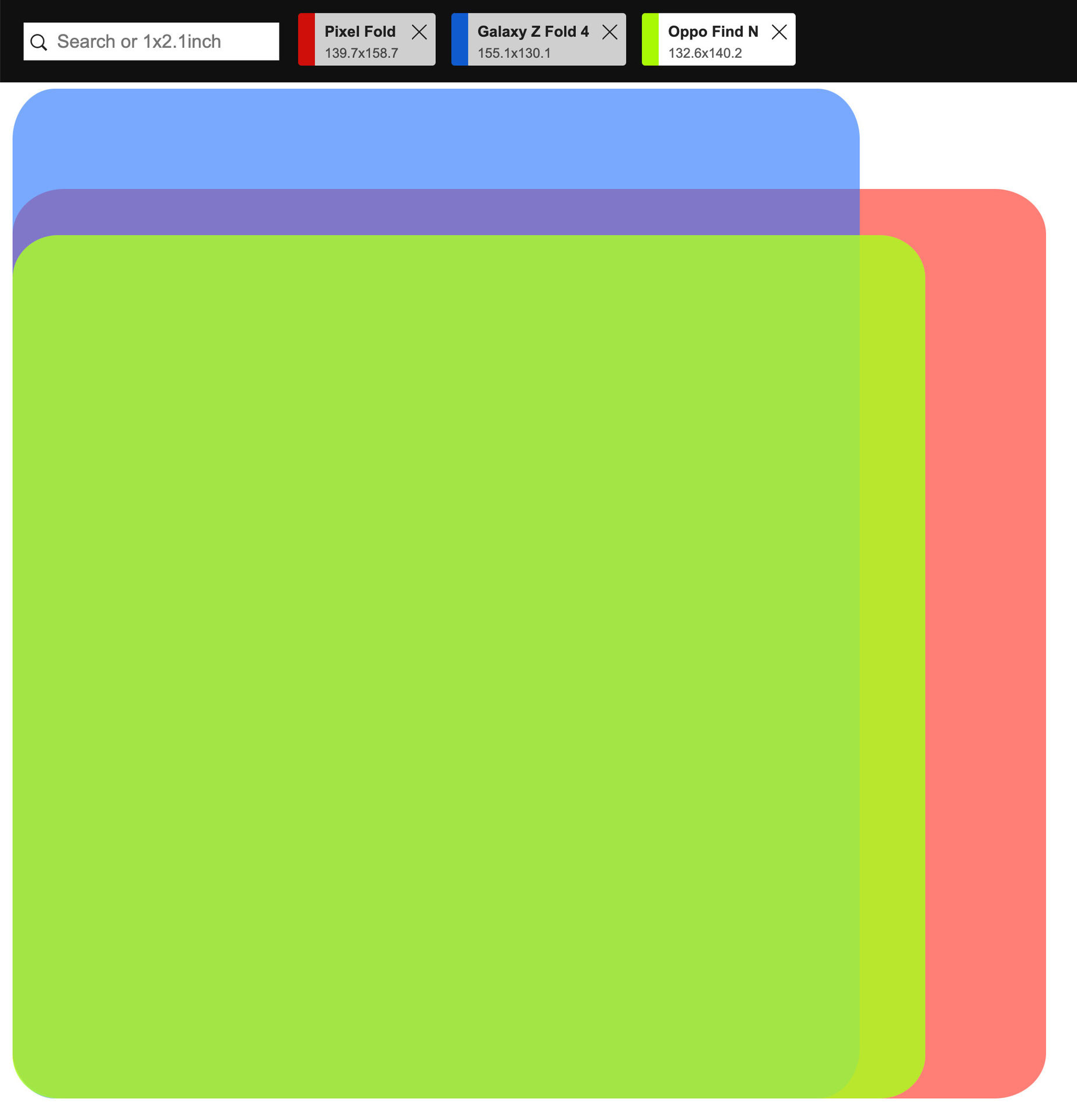
Hadlee Simons / Android Authority
Screenshot
Thanks to that waterdrop hinge, we’re also expecting Google’s foldable to be completely flush when shut — this would be another plus point compared to the annoying gap you’ll find on a Samsung. Stereo speakers on the top left and bottom right of the inner display could add justification to the larger bezels and make the Pixel Fold perfect for media consumption on the go.
Even though some corners may have been cut in certain areas to keep the cost down, it sounds like the Pixel Fold is still going to feel like a premium device. Each half of the phone measures in at 5.7mm, according to the dummy model. This means it’s thinner than the Samsung Galaxy Z Fold. With the camera bump included in the measurement, the thickness increased to 8.3mm, but at least it’s in a horizontal bar format similar to the Pixel 6 and 7 series. There won’t be any table wobble here. With the handset folded, it’ll be 11.4mm thick without the camera bump, and 14mm with it. That’s still not too bad for a phone of this type.
Familiar specs and features
Like the Samsung Galaxy Z Fold 4, Google’s foldable is likely to have a side-mounted fingerprint sensor that doubles as a power button (via 9to5Google). This will allow you to unlock it the same way whether it’s open or closed. Hopefully there will also be some form of face unlock too, even if it’s the less useful/secure variety that Google shipped with the Pixel 7 and 7 Pro.
While digging around in the Android 13 QPR1 beta, developer Kuba Wojciechowski uncovered details about the Pixel Fold’s camera array. The code refers to a Sony IMX787 main camera, an IMX386 ultrawide, and a Samsung S5K3J1 sensor for the telephoto and outside selfie camera. There’s also an IMX355 sensor above the inside display. While the 64MP IMX787 is a new flagship sensor from Sony, the other camera hardware is all fairly familiar. It’s the software that makes Pixel photos shine, though, and we can expect the same computational magic here from Google.
All evidence so far suggests that the Pixel Fold will be equipped with the Tensor G2 SoC, the same chip that powers the Pixel 7 and 7 Pro. There should be no concerns about performance, as even though Google’s in-house processors benchmark lower than the latest silicon from Qualcomm and Apple, they’re still plenty fast enough for a premium mobile experience. We’d expect 12GB of RAM to ensure smooth performance while running more than one app side by side on the big internal display.
There had been speculation that the Pixel Fold may include stylus support, but that looks less certain now. Black and silver/white color options are also expected, but this could be subject to change.
How much will the Pixel Fold cost?
Different figures have been floated, ranging from $1,400 to $1,800. If the specs we’ve already discussed are accurate, we’d hope Google would be aiming for the lower end of that range in order to remain competitive. If it costs a similar amount as the latest Samsung Galaxy Z Fold, it would likely be a hard sell. The research and development outlay for Google won’t have been cheap, so a lot will depend on how much of that the company is intent on recouping. With any luck, getting as many units into consumers’ hands as possible will be the priority and a lower price tag would be the best way to achieve that. Don’t count on that, though.
Google Pixel Fold: What we want to see
A comfortable form factor
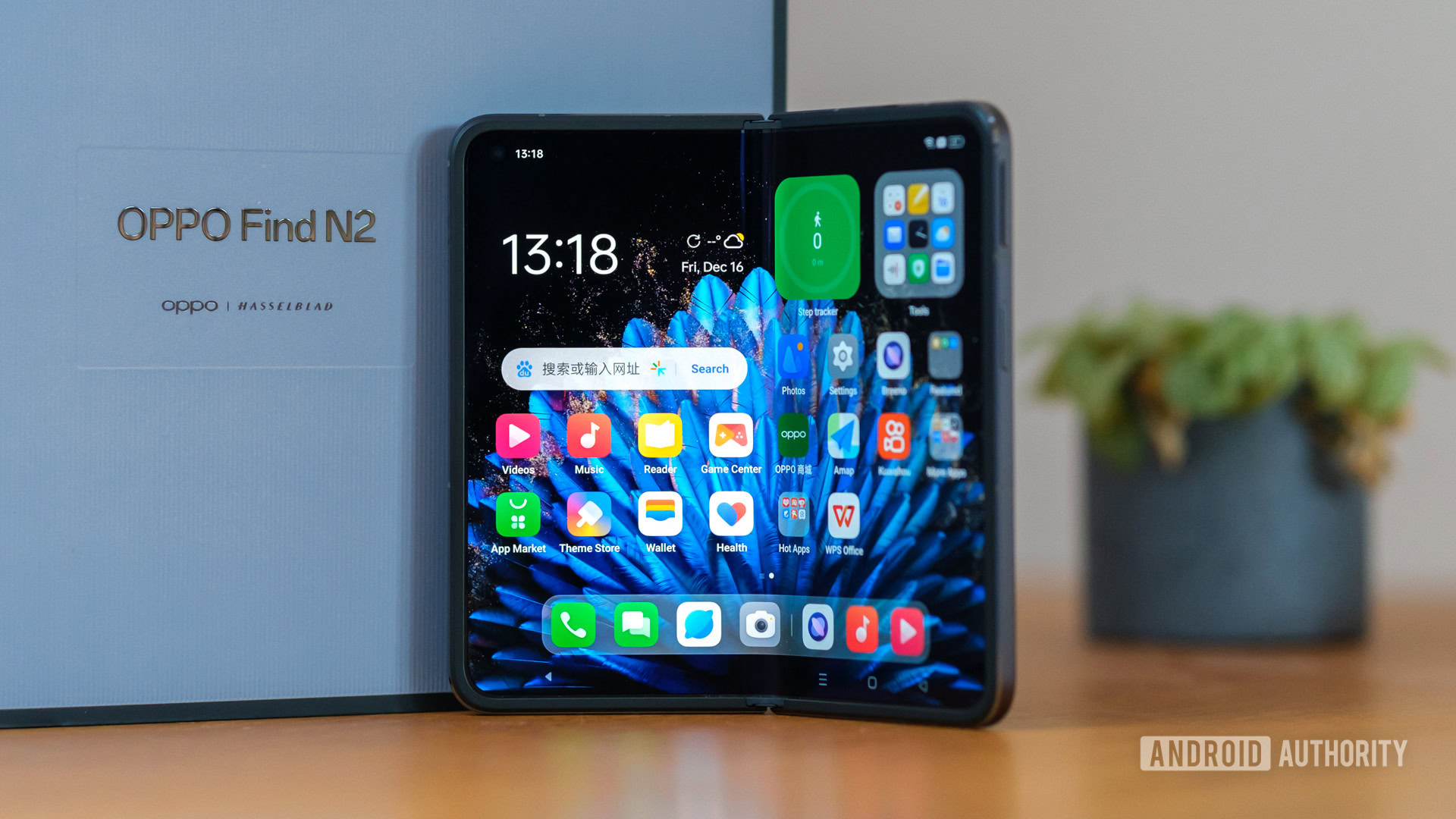
Robert Triggs / Android Authority
Samsung’s Galaxy Z Fold line is great, but it’s also the definition of compromise. The outer screens are unnaturally tall and narrow, and when unfolded you end up with a display that feels like a portrait-oriented tablet. Neither form factor is ideal. We liked what we saw with the Oppo Find N and its recently announced successor because they are shorter, resulting in an internal display with a wider aspect ratio that’s more like a tablet in landscape. Hopefully, Google will take a leaf out of Oppo’s book here and give us a device that is more comfortable to hold and more intuitive to use.
Novel software experiences
Aside from the cool factor, one of the best reasons to get a foldable phone is for new software experiences unavailable on traditional hardware. This is something Samsung has focused on with some success. FlexCam on Galaxy Z Flip phones allows you to rest the phone down on a surface in an L shape for taking selfies, like a makeshift tripod. Similarly, with a Galaxy Z Fold you can watch a video or meeting on the top half of the display while taking notes on the bottom portion. For the Pixel Fold to be successful, Google needs to introduce novel software experiences that go beyond enhanced multitasking features and well-optimized large-screen apps — those are the bare minimum expected from this device.
Stylus support
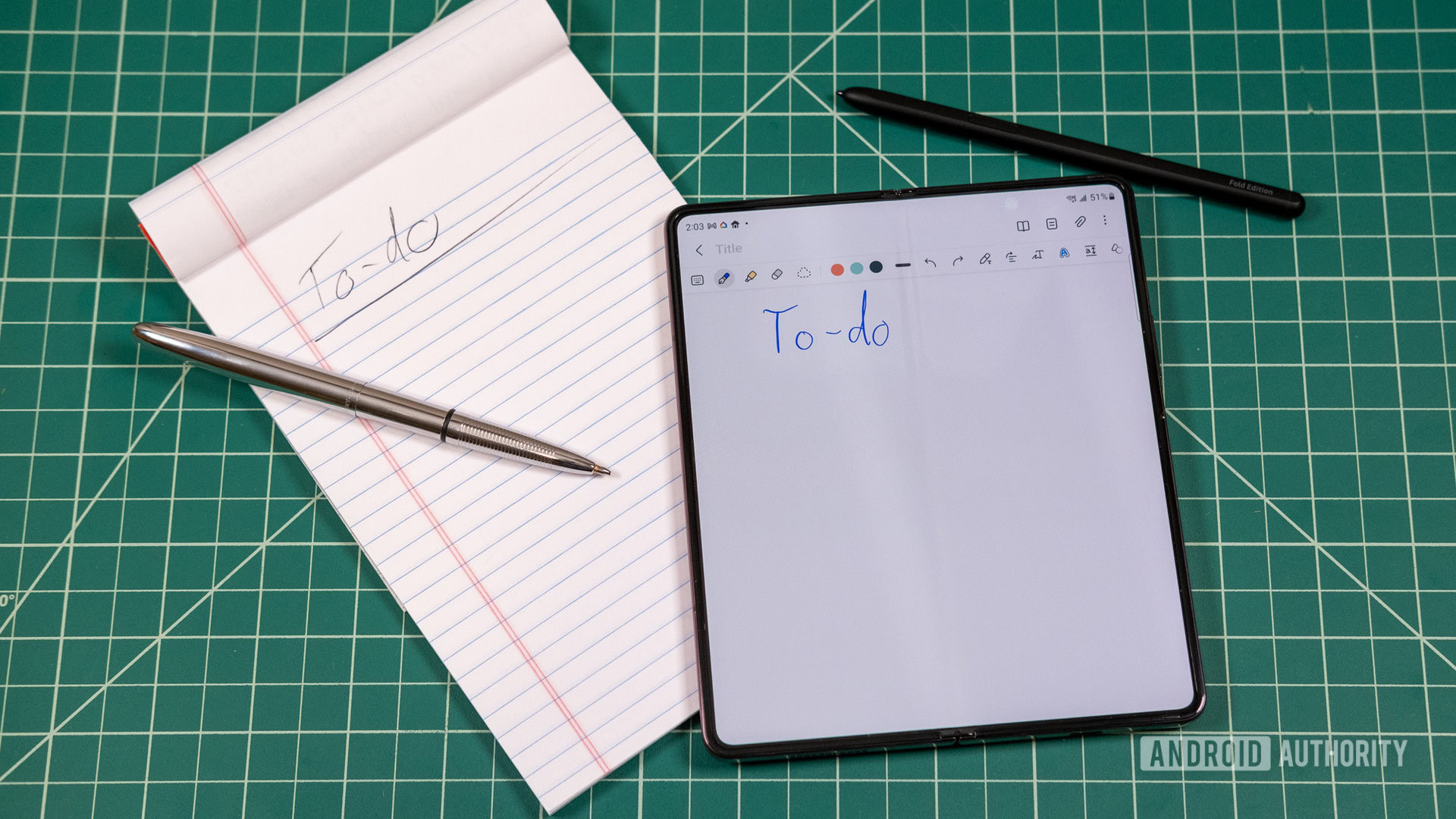
Ryan Whitwam / Android Authority
An extension of the previous point — pen support is something that has set Samsung’s foldables apart from the outset. Oppo failed to include this in its first-gen foldable, but has rectified it with the Find N2. Google would do well to follow suit and support stylus input so users can get the most out of the Pixel Fold and its notepad potential.
An affordable price tag
Okay so we know it’s probably unlikely to be cheap, but launch this thing for more than $1,500 and it’s probably DOA. If Google can hit a sweet spot with a decent feature set and great cameras without costing nearly as much as a Samsung equivalent, it’ll stand a chance. This next couple of years could be crucial for folding phones. If they’re going to truly hit the mainstream, the price has to be right. And by right, I mean reasonably affordable so that people outside of tech enthusiasts with money to burn are able to get involved.
What do you most want to see on the Pixel Fold?
1 votes
For all the latest Technology News Click Here
For the latest news and updates, follow us on Google News.
